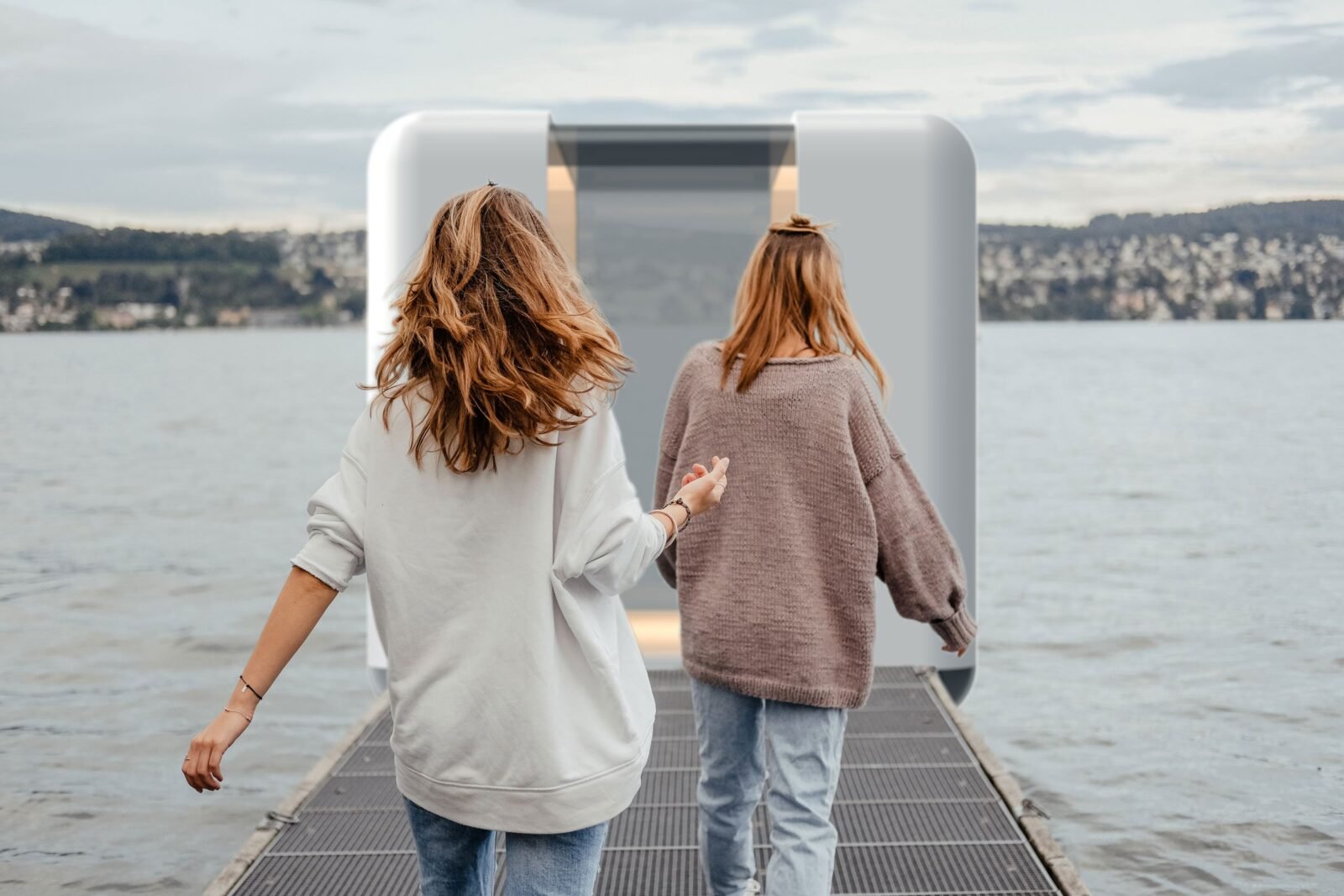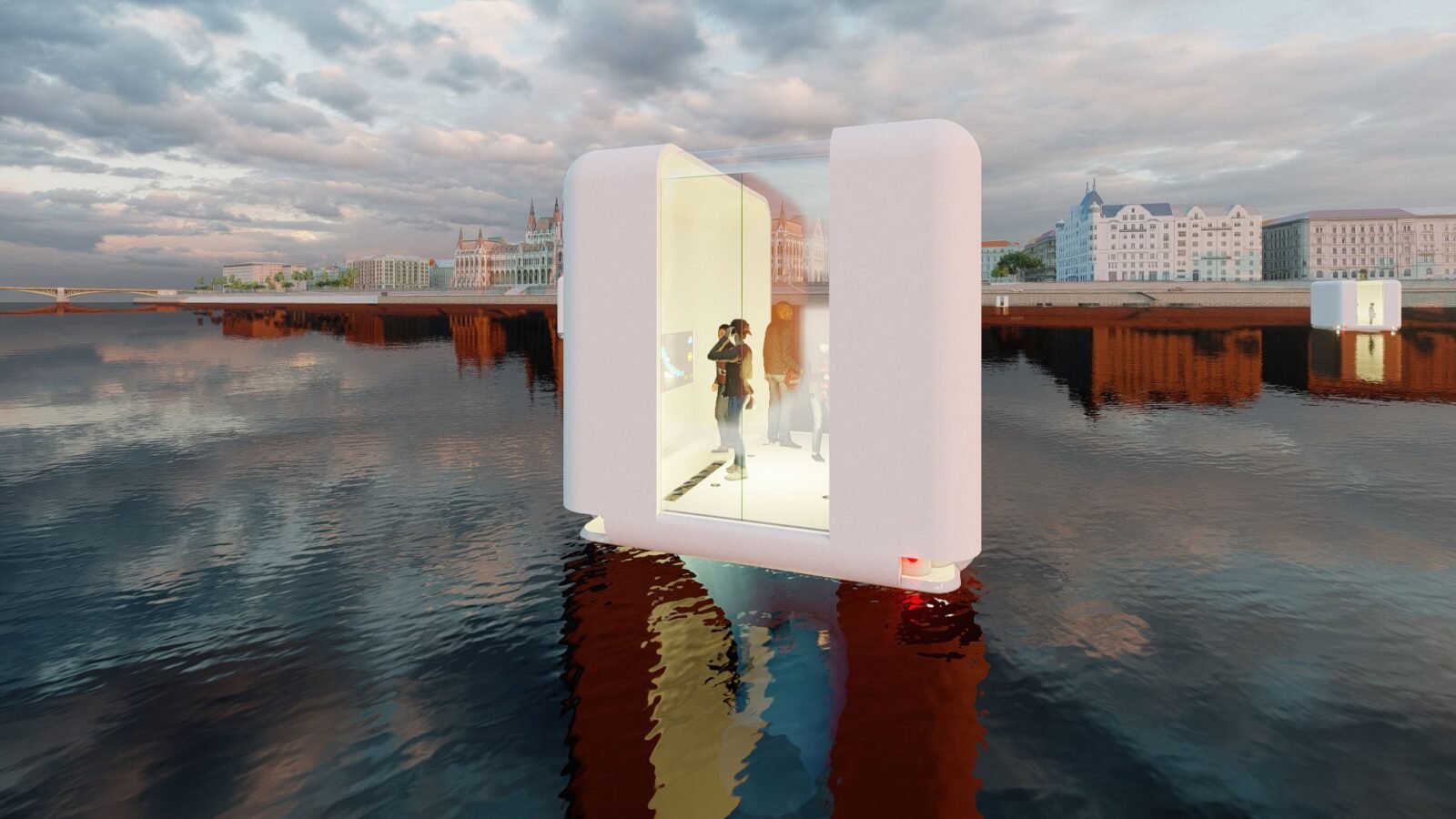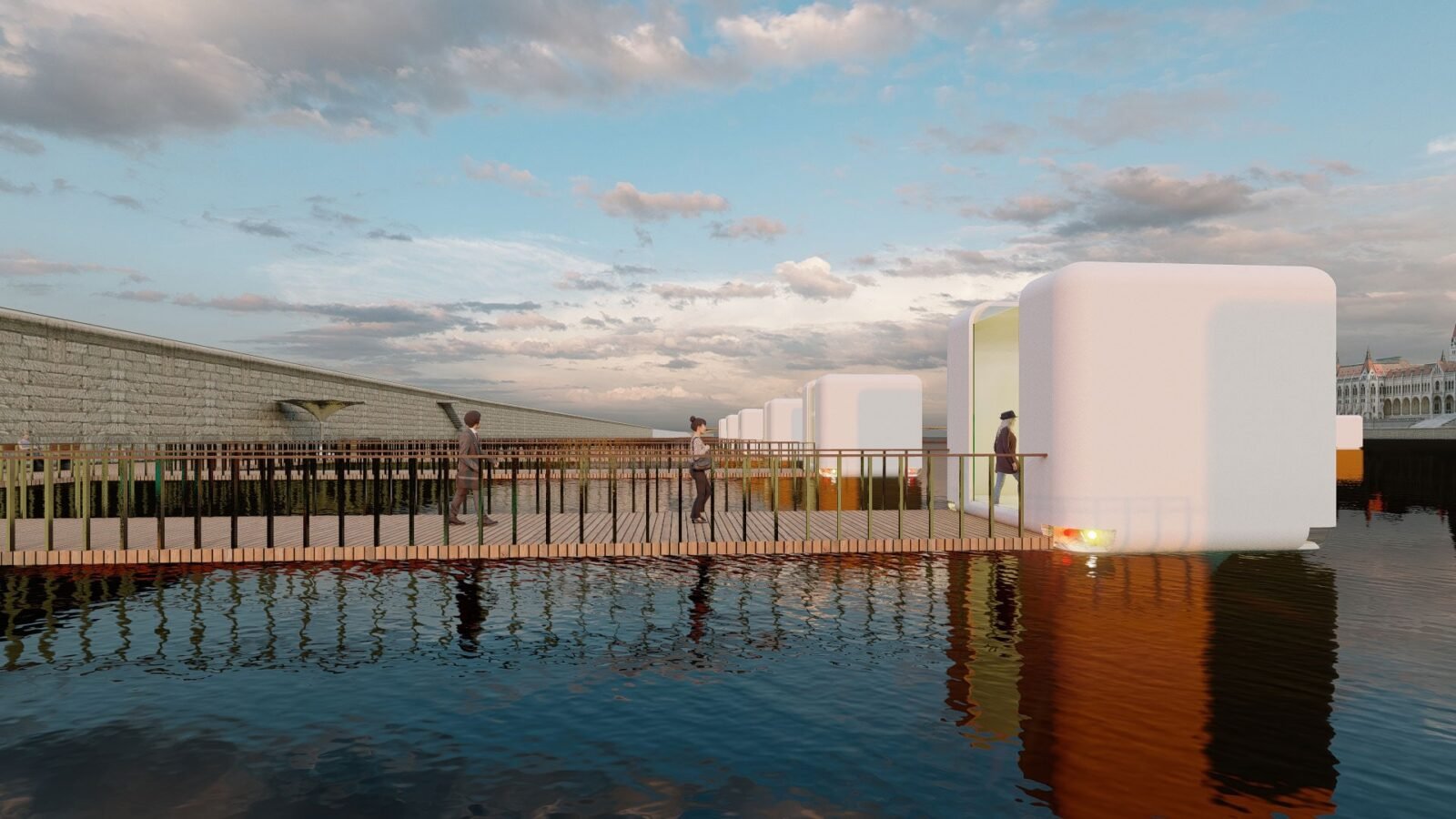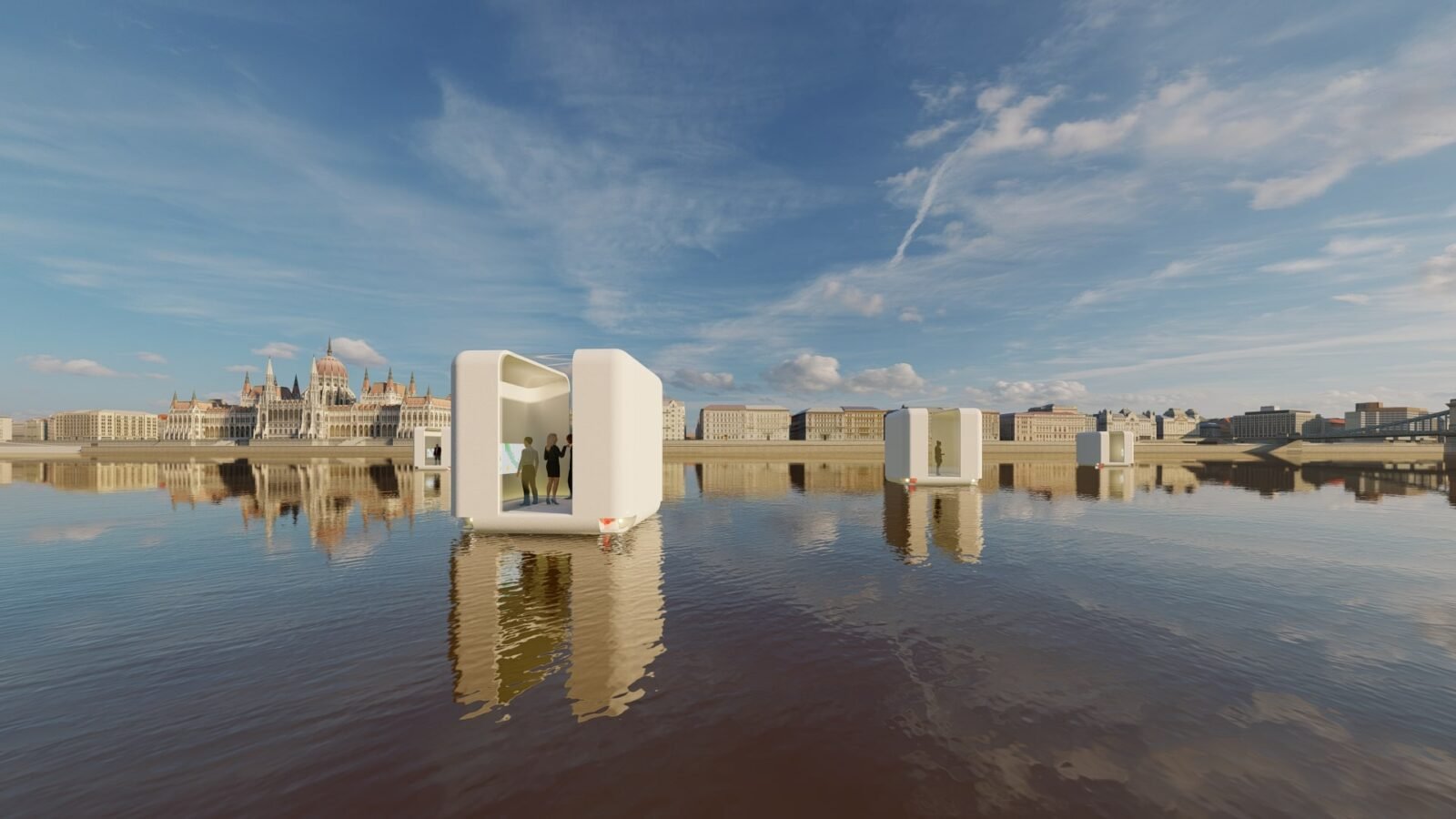Startup CrossWater Reimagines the Future of Autonomous Water Taxis

Startup CrossWater is working on autonomous public transport by water. The goal is to have 1 million self-propelled water-taxis in cities all over the world by 2025. We spoke with founder Ral Oz.
The first time he was vacationing at Lake Como in Italy, Ral Oz was stuck in the dark for three hours waiting to catch a ferry. When he finally got on the ferry, the trip was overpriced and took another hour and a half to arrive at his destination. Frustrated by the inconvenience and inefficiency, Ral thought that there must be a better way to facilitate urban water transportation.

That experience was what eventually led to the creation of his start-up CrossWater — an on-demand, autonomous water-taxi service striving to make cross-water transportation faster, cheaper, safer, and more environmentally sustainable. The service will work like any other on-demand transportation app, such as Uber, Bolt, or Grab, except on water: commuters looking to cross a river or lake can request a ride using the CrossWater app, which sends a signal to the closest CrossWater taxi, which will drive itself to your location. When booking the ride, users will be able to choose either the VIP option, which allows them to ride alone, or the rideshare mode, in which the water taxi will wait three minutes for other passengers to board before taking off.

Utilizing a mix of AI technology and area sensors for self-awareness and navigation, the taxis will be completely autonomous. According to the CrossWater team, the AI software that operates the taxis significantly reduces the risk of collisions caused by human error during transport, which will make CrossWater taxis safer than the average water transportation vehicle. The area sensors are also designed for long-range sensing, so in the rare case that a taxi’s sensor fails, it will automatically use sensors from neighboring taxis to ensure the safety of the passengers. The entire taxi is fully enclosed and waterproof, mitigating the risk of riders falling into the water or drowning.

Compared to typical ferries and boats, CrossWater taxis will also be friendlier to the environment as well as wildlife living in urban waters. They are fully powered by renewable energy generated by the solar polars on the roof of the vehicles, making them carbon neutral, and they do not cause noise or vibration pollution. CrossWater will also collaborate with the department of water management and other relevant authorities in different cities to understand the unique constraints of water transportation in that specific location, which will ensure that the service is custom-designed to fit local contexts.

Ral’s vision for his start-up is to create better transportation for a more sustainable future. In an interview with Pop-Up City, he expressed that urban water transportation currently takes too long, is not always affordable, and usually uses diesel, which is environmentally damaging. With CrossWater, Ral hopes to increase the accessibility, efficiency, and affordability of cross-water travel, at the same time ensuring that the vehicles are green and safe to ride.

At the moment, CrossWater is in its research and development phase, and the vehicles are planned to be mass produced within 24 months. Ral sees his start-up as a global initiative, and his goal is to deploy a fleet of one million CrossWater taxis by 2025 across the world in cities such as Amsterdam, Singapore, San Francisco, and New York. He also plans to work with and design vehicles for shipping and logistics companies, which will help to make the process of delivery cheaper and faster. The startup is currently looking for contributions through its official crowdfunding campaign website. With a looming climate crisis in the backdrop, Ral’s project is a hopeful initiative working to increase mobility in a sustainable fashion, although only time will tell whether his mission will be successful.



